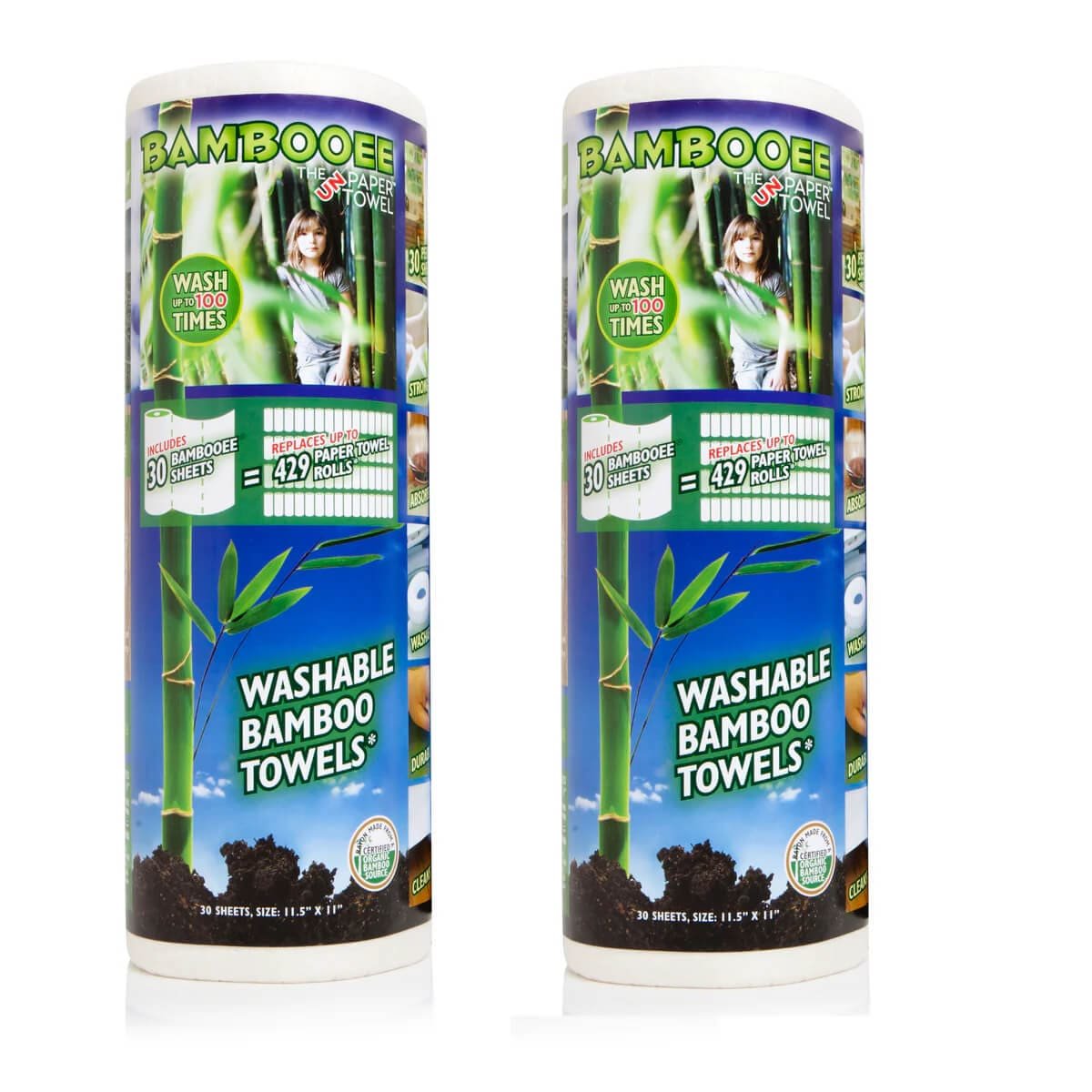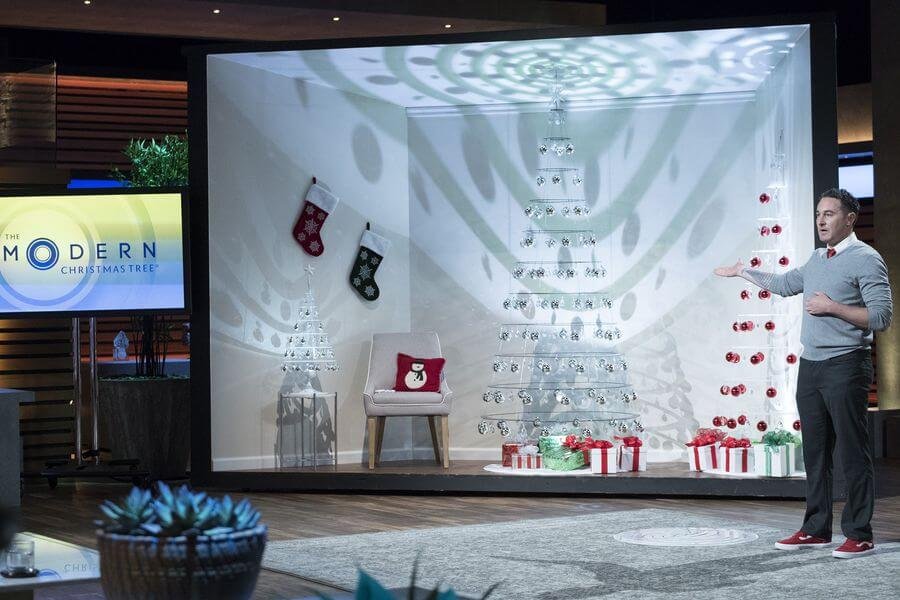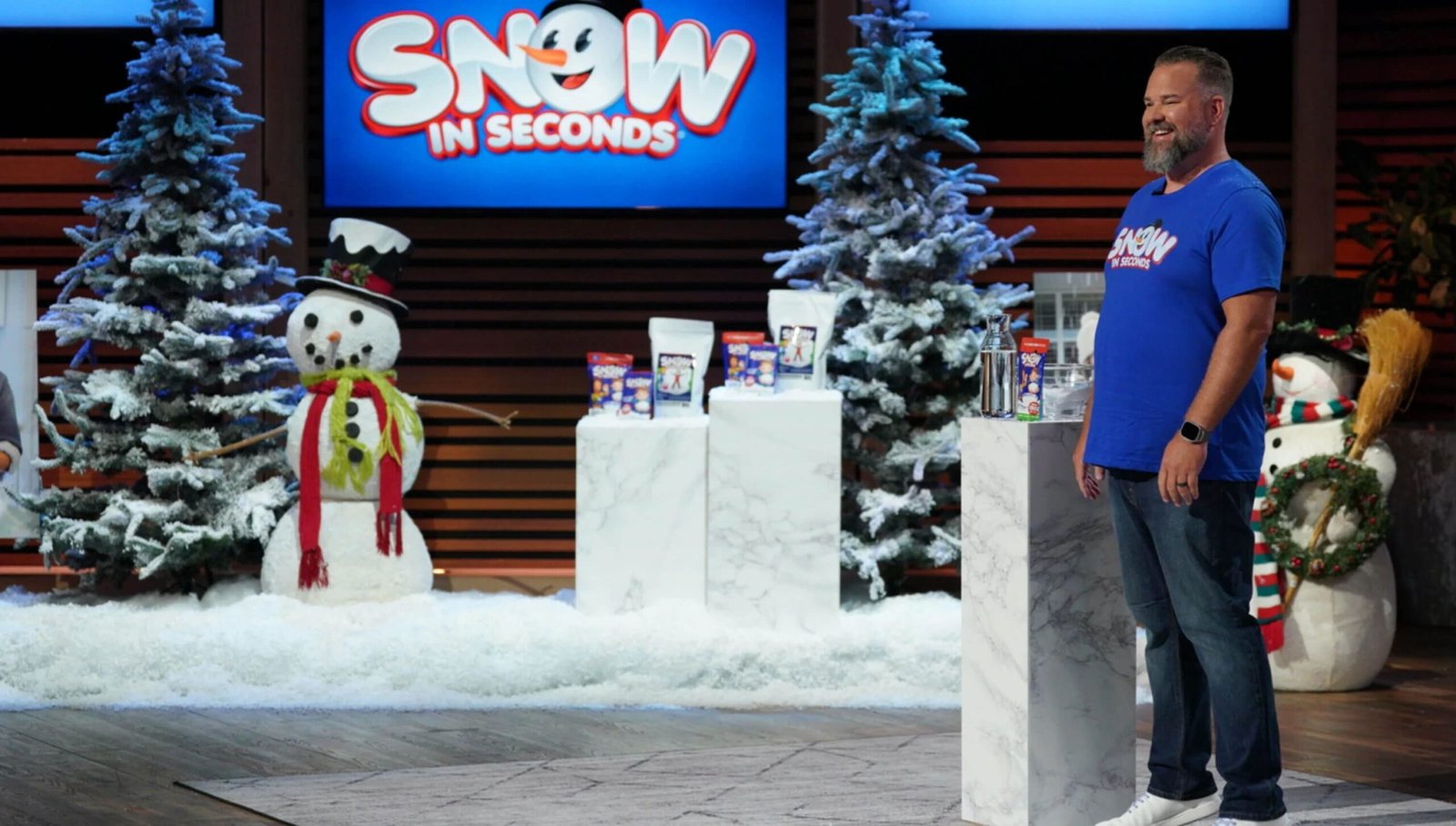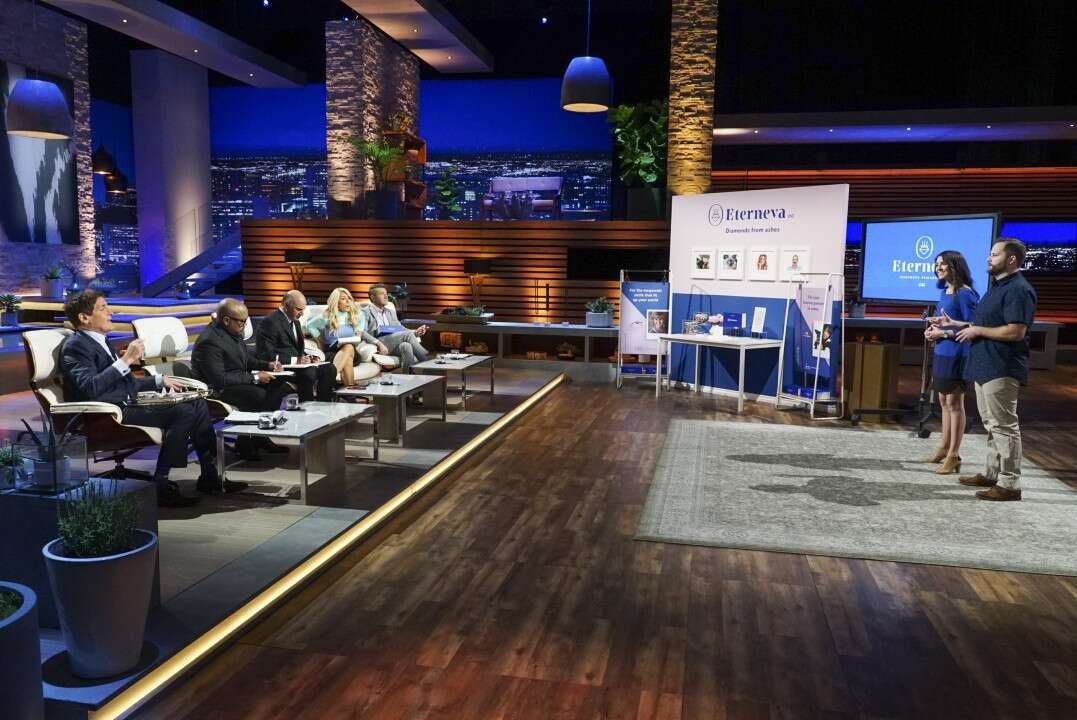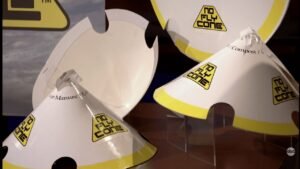Here’s the Shark Tank myth: Get a deal, do a happy dance, and you’re set for life. But if you’ve built a business, you know the cameras stopping is when the hustle really begins. Bambooee? That’s one of the few stories that doesn’t just talk a big game—it actually plays it.
Contents
ToggleWhat Is Bambooee, and Why Should You Actually Care?
Let’s cut through the sustainability fluff. Bambooee sells reusable bamboo paper towels—yeah, the rolls that supposedly save trees and cash all at once. Here’s the twist: Unlike a hundred eco-friendly pitches clogging your feed, Bambooee is doing real numbers after Shark Tank, not just hugging trees for social likes.
Who Built Bambooee?
Meet Noam and Irene Krasniansky. This isn’t a trust-funder and her sidekick. These are real scrappy founders—the ones who know what sweating payroll and hustling expo floors feels like.
What makes them different? They weren’t just chasing profit or some green halo. They saw landfill stats, saw waste piling up, and instead of just whining, actually built a product and willed it into DTC shelves. And they didn’t stop with a couple of viral posts—they went to war for market share.
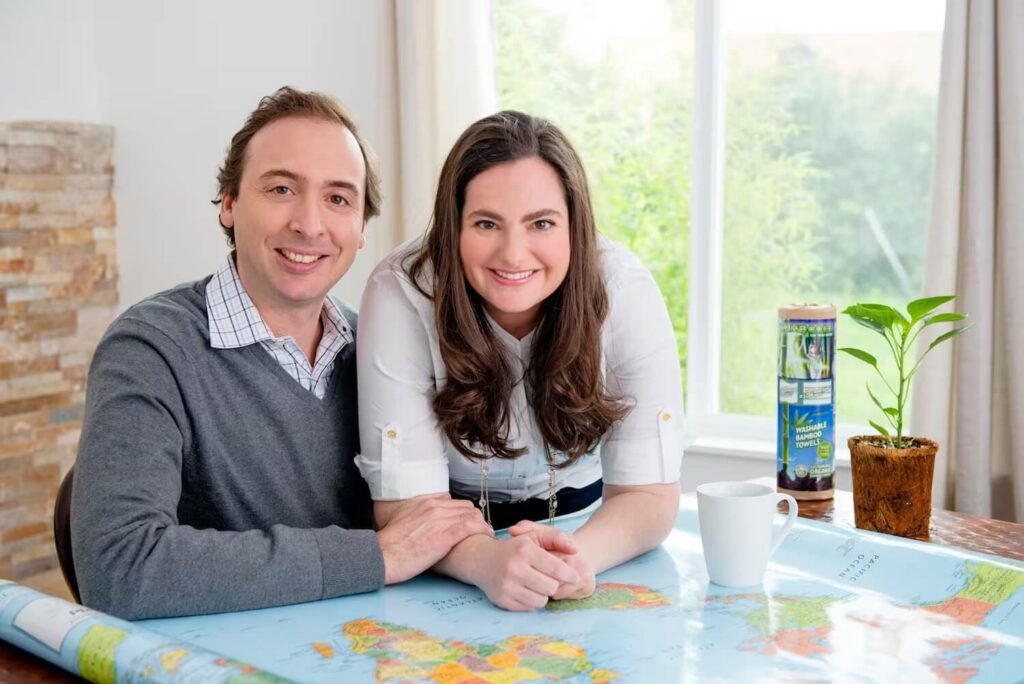
How the Shark Tank Pitch Went Down
Season 5, Episode 18. $200,000 for 10 percent. That’s a $2 million valuation, and for a zero-patent, low-tech consumable, pretty bold. But Noam came out swinging, demo in hand, product in tow, numbers ready.
Sales? $122K the first year climbed to $300K the second. But here’s the real kicker: $1.6 million in sales, $900,000 in profit before even getting the Sharks on the hook. When you show actual profit, you’re speaking the only language the Sharks truly care about.
Kevin O’Leary fussed about loans, royalty, and all his usual drama. But it was Lori Greiner who took the bait. She offered exactly what they asked for—a rare green-light moment on the show. No backroom counter-offers, no all roads lead back to Mr. Wonderful. This was Lori moving fast because she smelled a winner that fit her QVC playbook.
I’ve seen founders freeze or overplay their hand at this moment. The Krasnianskys didn’t—they knew what they wanted and took a clean deal. That’s how you play the game.
Net Worth: What’s Bambooee Actually Worth Now?
Forget TV hype. What matters is sales and cash in the bank after the fanfare. Post-Shark Tank, Bambooee didn’t fizzle. By 2021, retail sales topped $15 million. By 2022, annual revenue estimates landed at around $5 million. Some chatter says total sales may now be approaching $20 million.
Is it unicorn territory? No. But it’s a hungry, proven seven-figure business that’ll outlast most as seen on TV one-hit wonders.
If you’re asking, what’s Bambooee’s net worth right now?—nobody’s posting a balance sheet online. But judging by margins, ongoing revenue, and spin-off SKUs, you’re likely looking at a company that could easily break eight figures if sold. Check SharkWorth for updates, but know this isn’t some $250K side hustle. It’s a real company.
Life After Shark Tank: Sales, Growth, and Spin-Offs
I’ve watched too many companies ride the Shark Tank hype for a quarter and disappear. Not Bambooee. They executed, plain and simple.
- Sales exploded post-episode, climbing into the millions.
- Retail partnerships rolled in, and new online channels opened up.
- They widened their line—think pet towels, pillows, all through the lens of reusable bamboo.
This wasn’t a one-and-done. Lori Greiner stuck around, and her infrastructure took Bambooee retail, press, and DTC to the next level. That kind of partnership is rare—and it shows in their continued numbers.
How Bambooee Tackles Sustainability
Let’s be blunt: Most green brands slap eco claims on the label and call it a day. Bambooee didn’t just ride the sustainability trend—they built their whole identity around it.
Each roll claims to replace 256 rolls of regular paper towels. That’s a real impact if customers actually reuse and wash them. But here’s what’s unique: They’ve planted over 200,000 trees. That’s putting some money where the mission is.
Still, real talk? One brand can’t save the planet. But Bambooee has proven you can run a profitable, physical-goods business that doesn’t treat sustainability as a marketing checkbox.
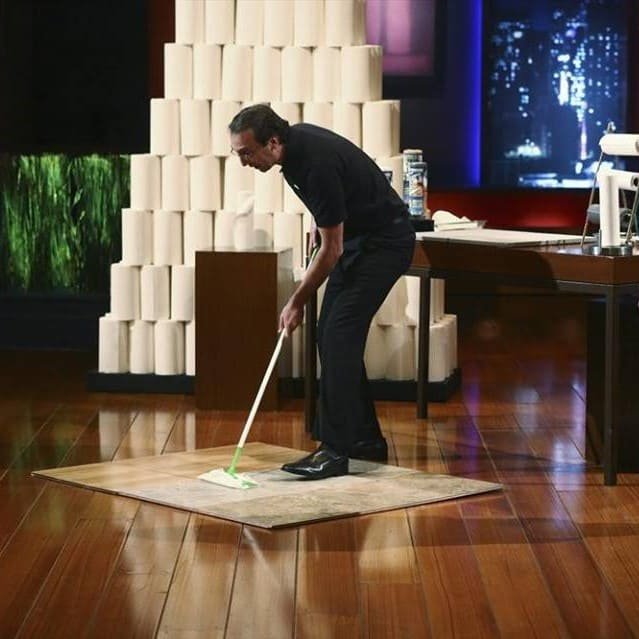
The Challenges in Competing with Paper Giants
The minute Bambooee proved there was money here, copycats flooded in—Amazon basics, overseas lookalikes, you name it. I’ve seen good ideas get buried fast this way.
But Bambooee kept their foot on the gas. They fought for their brand, differentiated with quality and authenticity, and didn’t race to the bottom on price. Noam and Irene hustled for every incremental sale, knowing retail shelves are brutal and margins can disappear quick.
And let’s be honest: getting Americans to switch from $1.99 Bounty to a $15 roll of bamboo is like pulling teeth. But good branding, quality testimonials, and smart retail placement helped Bambooee punch above its weight.
Where Is Bambooee Now?
If you’re stalking them on SharkWorth or just looking up their site, you’ll still find them in business as of 2023—and thriving. They’re still adding products, still backed by Lori, and still selling both DTC and through multiple retail partners.
This isn’t a fairy tale ending. It’s an ongoing grind. But if you want proof that the right product, with the right founder-story and the right Shark, can still make it—Bambooee is that rare case.
Key Lessons for Entrepreneurs
1. Bring Real Numbers, Not Just Passion
Noam and Irene showed up with profit in hand, not just projections. That’s how you get a Shark’s attention.
2. Own Your Narrative and Your Mission
They weren’t just recycling buzzwords—they showed trackable, specific environmental impact.
3. Play the Post-TV Game Right
They didn’t stop after the cameras. New SKUs, ever-improving retail presence, relentless scale.
4. Pick Your Battles: Be Brand, Not Just a Product
Being copycatted is inevitable. What matters is how you differentiate and earn real trust.
5. Don’t Get Greedy at the Table
They asked for a reasonable valuation and took Lori’s deal. Too many stall, counter, and lose both money and momentum.
If you’re building anything—physical or digital—take notes from Bambooee: solid margins, focused narrative, real partnerships. It’s a grind, but it’s doable.
FAQ
1. Is Bambooee still in business after Shark Tank?
Yes, as of 2023, they’re still selling strong, both DTC and through retailers.
2. Did Lori Greiner stick with Bambooee?
Absolutely. Lori’s partnership supercharged their retail growth and visibility.
3. How much money has Bambooee made since Shark Tank?
Conservative estimates put it at $15–20 million in retail sales since their episode aired.
4. Where can I buy Bambooee products now?
Their website, Amazon, and several retail chains. Google it—you’ll find them easily.
5. Is Bambooee really better for the environment?
If used as intended, yes. Each roll replaces hundreds of disposable towels, and the company’s planted over 200,000 trees.
6. Did competitors copy Bambooee’s idea?
Definitely. But Bambooee stayed ahead with quality, branding, and first-mover mindshare.
7. What was the biggest challenge Bambooee faced post-Shark Tank?
Beating off copycats and getting consumers to actually change lifelong buying habits.
8. Can Bambooee’s model be repeated with other household products?
With the right story, margins, and hustle—absolutely. But the work starts AFTER you land a deal.
The Real Story, No Fluff
Bambooee isn’t a unicorn. But it’s one of those rare Shark Tank businesses that actually built something lasting. Smart founders, no BS mission, authentic hustle, and a Shark who backed them for real—the blueprint every entrepreneur should study.
So yeah, they got a deal. But the real value? It’s what they did when the sound stage went dark—built a brand, not just a product. If you’re building, pay attention. That’s the Bambooee way.

